Amorepacific Museum of Art (아모레퍼시픽미술관)
3.1Km 2024-12-31
100 Hangang-daero, Yongsan-gu, Seoul
Amorepacific Museum of Art, located in Yongsan-gu, Seoul, was originally a museum exhibiting artworks collected by the late Seo Seong-hwan, the founder of Amorepacific, but later changed its name to Amorepacific Museum of Art, or APMA, in 2009 and has since been operating as an art exhibition hall. The mission upon its foundation was seeking to be "a space where beauty in the midst of daily lives is discovered" and communicating with the public. In accordance with this objective, the museum collects, researches, and exhibits Korean ancient art and both Korean and international contemporary art while, also, aiding researchers, scholars, and young artists. The underground exhibition hall hosts diverse exhibits encompassing ancient art, contemporary art, and Korean art. The 1st floor of the "Atrium," an enormous space that continues from the 1st to 3rd floors, features the museum lobby, a museum shop, an exhibition space called "APMA Cabinet" and apLAP, which is a library of art exhibition brochures from around the world. The art museum is located on the 1st floor of the new Amorepacific headquarters building, a famous work of architectural beauty of Yongsan designed after white porcelain.
The Clim Clinic (더끌림산부인과의원)
3.1Km 2025-07-07
(12th Floor, 2431 Building),109 Toegye-ro, Jung-gu, Seoul
For your healthy and beautiful life,
The Clim: Women Care Medical Group is always here for you.
At The Clim, female medical staff from Samsung Medical Center offer one-on-one consultations and personalized treatments.
Our all-female medical team provides emphatic care, understanding our patients better than anyone else.
We always listen to and address your deepest worries with warm-hearted treatment that is attuned to the needs of women, delivered by medical staff who possess both skills and expertise.
Our team consists solely of female obstetrician/gynecologists who have a deep empathy and understanding for their patients, ensuring that each patient feels more comfortable and satisfied with their procedures.
Drawing on our extensive experience, we promise to carefully consider each patient's unique physical structure, characteristics, and concerns, allowing us to effectively address even the most profound worries.
Sindang-dong Tteokbokki Town (신당동떡볶이골목)
3.1Km 2022-10-25
10-18, Dasan-ro 33-gil, Jung-gu, Seoul
+82-2-2236-9135
Sindang-dongTteokbokki Town started in the late '70s, although the alley did not become famous until the '80s. At that time, each restaurant had its own DJ booth, with the image of the "cool DJ" who played the music becoming a symbol of Sindang-dong Tteokbokki Town. In addition, this period also marked the prime time of high school baseball where students would crowd the streets on days when Duksoo Commercial High School and Sunrin Commercial High School (now Sunrin Internet High School) played against one another. Although these high school students have aged, they continue to visit the area, reliving their youth and continuing to indulge in the specialty tteokbokki.
However, some claim the history of this alley began in the 1950s. The owner of Mabongnim Halmeoni Tteokbokki restaurant says tteokbokki was being sold as early as 1953 as the area used to be home to Donga Theater and she sold tteokbokki, corn and potatoes to those visiting the theater. At first, tteokbokki was simply made with gochujang (red chili paste) but as time went by, cooks decided the dish could be more than just a snack. By adding ingredients like eggs, cellophane noodles, fish cakes, instant noodles and more recently squid, prawn and cheese, tteokbokki can be made more delicious and turns this beloved snack into a full meal.
CheongKwanJang - Dongbuichon Branch [Tax Refund Shop] (정관장 동부이촌)
3.1Km 2024-04-17
1F, 245, Ichon-ro, Yongsan-gu, Seoul
-
Chir Chir Myeongdong(치르치르 명동)
3.1Km 2021-02-19
21, Myeongdong7-gil, Jung-gu, Seoul
+82-2-773-0101
A Korean fusion-style chicken restaurant.The most famous menu is Fried Boneless Chicken.A chicken specialty restaurant located in Myeong-dong , Seoul.
Chireuchireu Myeong-dong Station(치르치르 명동역)
3.1Km 2020-11-25
7 Myeongdong 8ga-gil Jung-gu Seoul
+82-2-3789-9737
This is a place that sells various types of fusion chicken. This Korean dishes restaurant is located in Jung-gu, Seoul. The representative menu is fried chicken.
Gentle Monster - Zeus Eyewear Myeong-dong Branch [Tax Refund Shop] (젠틀몬스터 제우스안경 명동(위탁))
3.1Km 2024-04-18
2F, 105, Toegye-ro, Jung-gu, Seoul
-
Zeus Eyewear - Myeong-dong Branch [Tax Refund Shop] (제우스안경 명동)
3.1Km 2024-04-22
2F, 105, Toegye-ro, Jung-gu, Seoul
-
Danggogae Catholic Martyrs' Shrine (당고개순교성지)
3.1Km 2020-03-18
139-26, Cheongpa-ro, Yongsan-gu, Seoul
+82-2-711-0933
Danggogae Catholic Martyrs' Shrine is located on the small hill just
five minutes away from Yongsan Eletronics Market. 10 Catholics were
martyred on this hill during the Gihae Persecution in 1839 including Choi Gyeong-hwan (Francis)'s wife Lee Seong-rye (Maria).
Nine of the 10 martyrs are now recognized as saints. Lee Seong-rye, the mother of Father Thomas Choi Yang-eop (Korea's second ordained priest), has not yet been canonized although she did suffer martyrdom. The reason was that the mother briefly put aside her faith because of the pressures of raising five children after she had her oldest son, Thomas. However,
the difficulty of combining these two interests was eventually overcome and she died a martyr.
Aside from serving as a memorial site, Danggogae Catholic Martyrs' Shrine also offers a commanding view of Seoul. Nearby tourist attractions include Saenamteo Catholic Holy Place of the Martyrs, which is a Catholic church with Korean architecture, and Yongsan Family Park.
Gwanghuimun Gate (광희문)
3.1Km 2021-02-24
344, Toegye-ro, Jung-gu, Seoul
+82-2-3700-3900
Gwanghuimun Gate is said to have been originally constructed in 1396, the 5th year of King Taejo, at the southeast of the capital city. It was often referred to as Sugumun Gate (water channel gate) and was actually used as a Sigumun, literally meaning “corpse gate,” as funeral processions passed through this gate when exiting to the east.
During the Imjin War (1592-1598), the fortress gate was destroyed to such a degree that it made finding the original location close to impossible. Nevertheless, reconstruction efforts were started in 1711 (37th year of King Sukjong) and the gate was restored together with the gate's watchtower. Gwanghuimun Gate remained intact even when the fortress walls were demolished to build tram tracks during the Japanese occupation, but it was later damaged during the Korean War and left neglected. In 1975, restoration work was carried out to relocate Gwanghuimun Gate to a site 15 meters south of its original location since it stood in the middle of the road.
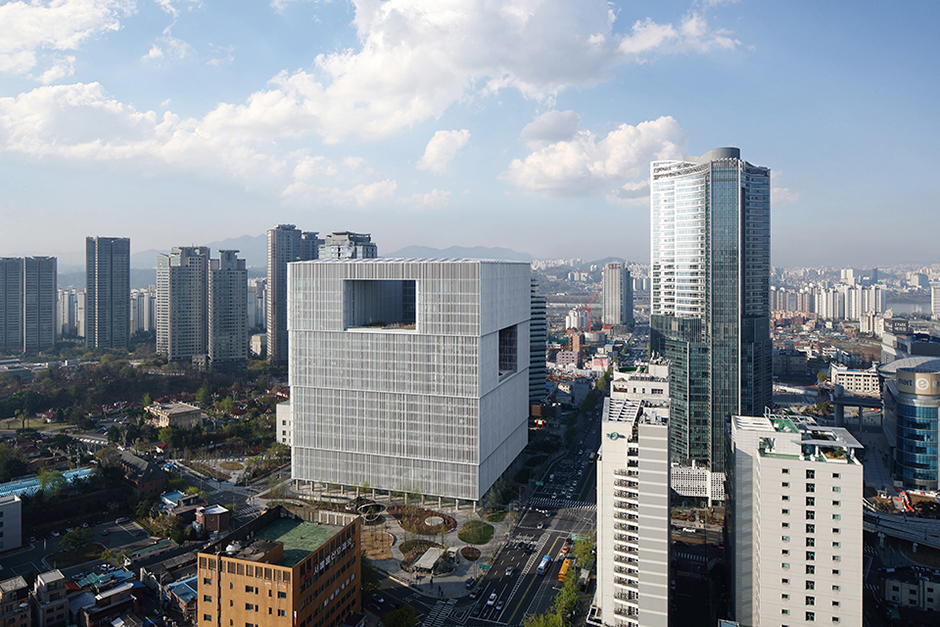

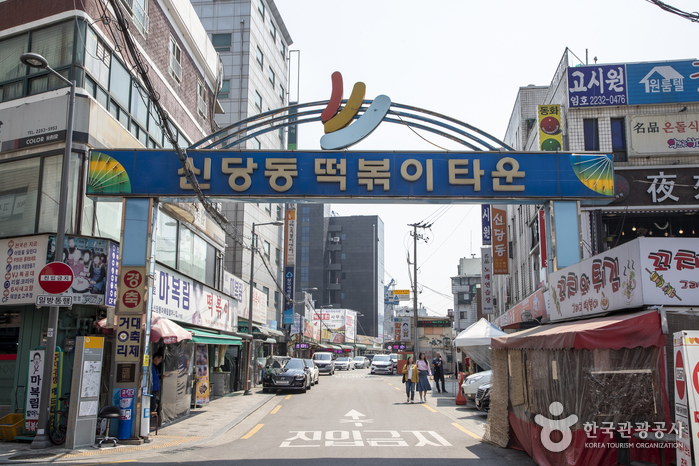
![CheongKwanJang - Dongbuichon Branch [Tax Refund Shop] (정관장 동부이촌)](http://tong.visitkorea.or.kr/cms/resource/24/2888324_image2_1.jpg)
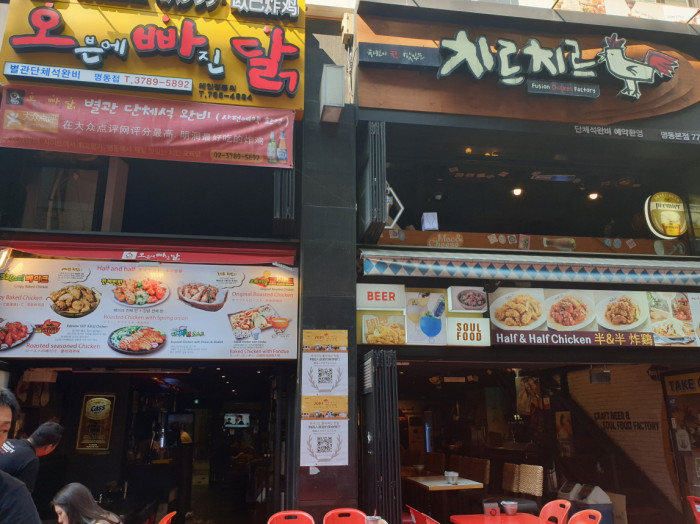
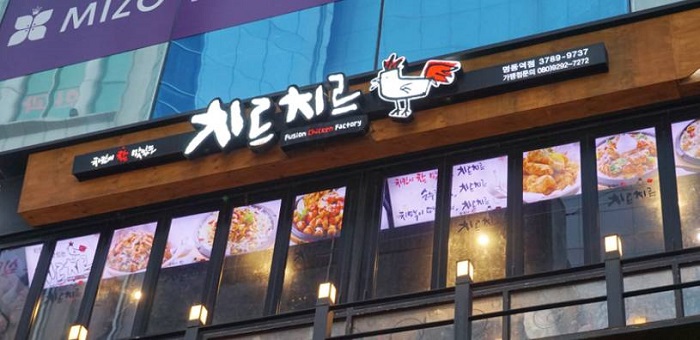
![Gentle Monster - Zeus Eyewear Myeong-dong Branch [Tax Refund Shop] (젠틀몬스터 제우스안경 명동(위탁))](http://tong.visitkorea.or.kr/cms/resource/15/2878615_image2_1.jpg)
![Zeus Eyewear - Myeong-dong Branch [Tax Refund Shop] (제우스안경 명동)](http://tong.visitkorea.or.kr/cms/resource/35/2878635_image2_1.jpg)
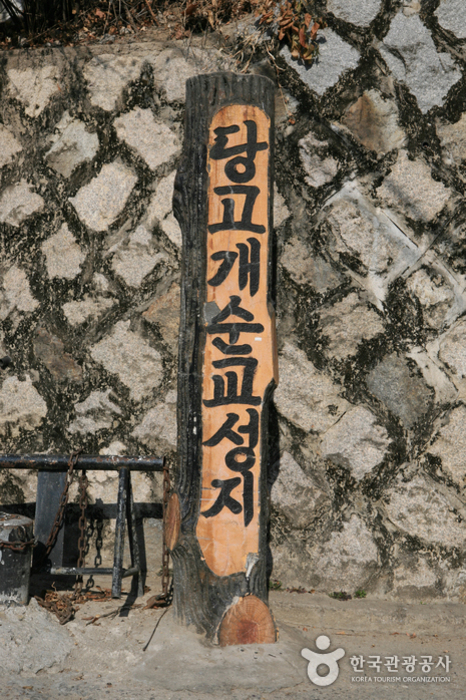
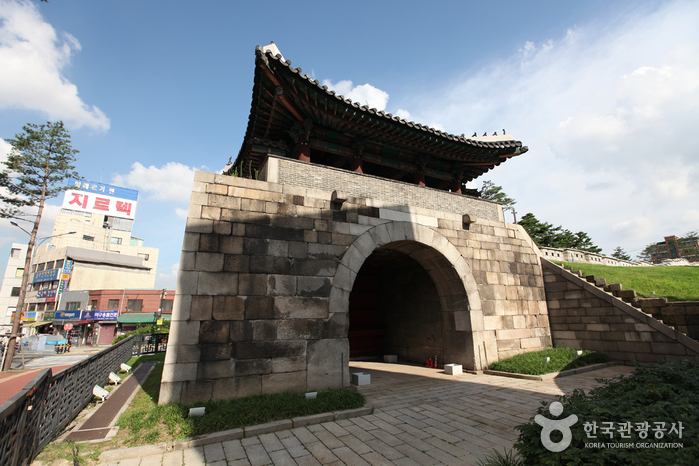
 English
English
 한국어
한국어 日本語
日本語 中文(简体)
中文(简体) Deutsch
Deutsch Français
Français Español
Español Русский
Русский